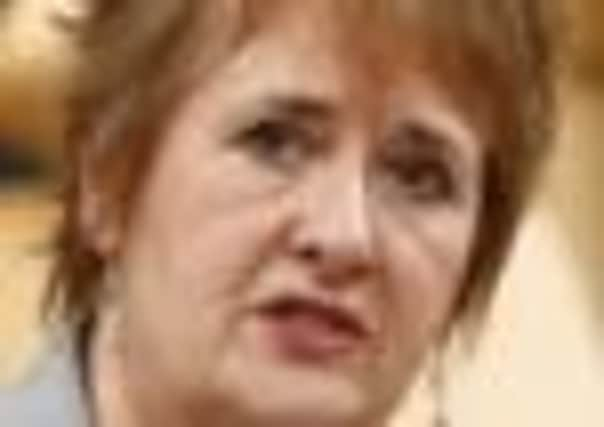Summit to tackle ‘legal high’ menace


The latest intelligence shows production and availability of the drugs has increased across Europe in recent months.
While the drugs are marketed as legal highs, they often contain illegal substances, can be dangerous, and users rarely know what they are consuming.
Advertisement
Hide AdAdvertisement
Hide AdIn January the issue was discussed at the Serious Organised Crime Task Force, during which Detective Inspector Garry Mitchell, of Strathclyde Police, provided government officials with three options for tackling the problem.
While the Scottish Government has refused to provide details on these options, they are expected to be outlined at the summit in Edinburgh on 17 April.
Roseanna Cunningham, minister for community safety and legal affairs, said: “Drug markets are changing internationally and the emergence of legal highs poses serious challenges within Scotland, the UK and internationally. As we have seen all too often in the recent past, legal highs can be extremely dangerous.
“Although reclassification of drugs is reserved to the UK government, we already work with the Home Office and with police forces in Scotland to identify and tackle the supply of new kinds of legal highs that threaten public health.
“It is a constantly evolving challenge due to the complex nature and the apparent ease with which legal highs can be produced and sold.”
Last summer, Alex Herriot, 19, from Edinburgh, died at the RockNess festival near Inverness after taking a substance known as Benzo Fury which mimics the effects of the class-A drug Ecstasy.
In November, a 12-year-old boy in Nairn had to be taken to hospital after reportedly taking a legal high.
A Scottish Crime and Drugs Enforcement Agency spokeswoman said: “These new drugs, which are often referred to in the media as ‘legal’ highs, are already posing a considerable risk and this is only going to increase. These products are being marketed as substances that are not controlled, but that is not necessarily the case.
Advertisement
Hide AdAdvertisement
Hide Ad“We often find that they contain class-A and C drugs or other illegal substances.
“Referring to them as ‘legal’ highs and the ease of access – the fact that you can sit in the comfort of your own home, use your bank card to buy them online and have them delivered direct to your doorstep – is very dangerous.”
David Liddell, director of the Scottish Drugs Forum, added: “The key issue, and the main concern, with so-called legal highs is that people who use them cannot be sure about what they are getting.
“Products are being marketed with trade names, with professionally produced packaging and so on, but there is no guarantee that what you buy in one transaction is the same thing you buy in another.”
Those taking part in the event will try to agree a lasting action plan.
Chief medical officer Sir Harry Burns said: “This event provides an important opportunity to look at how organisations in Scotland can work together and play a role in making lasting change.”